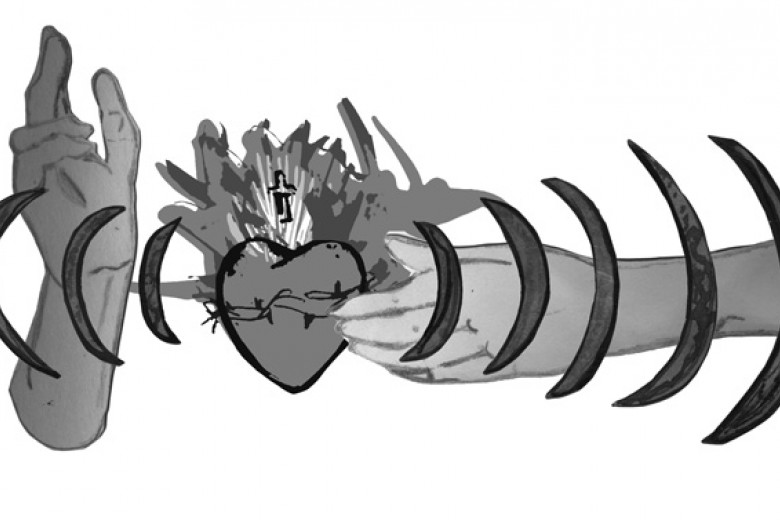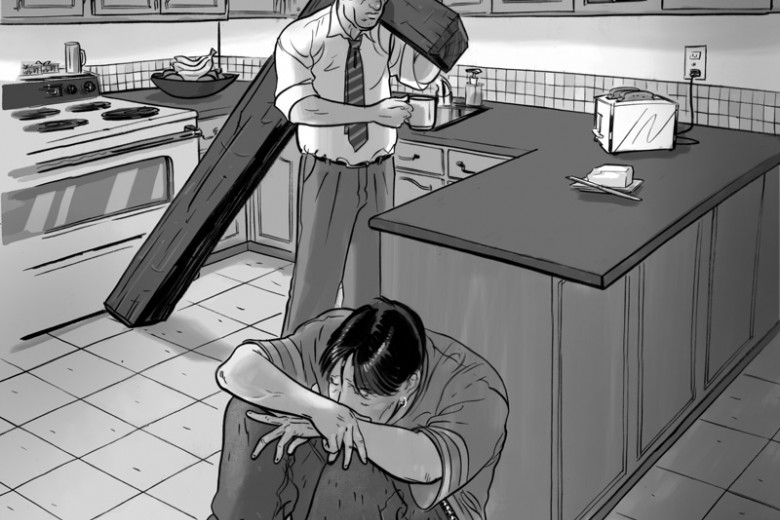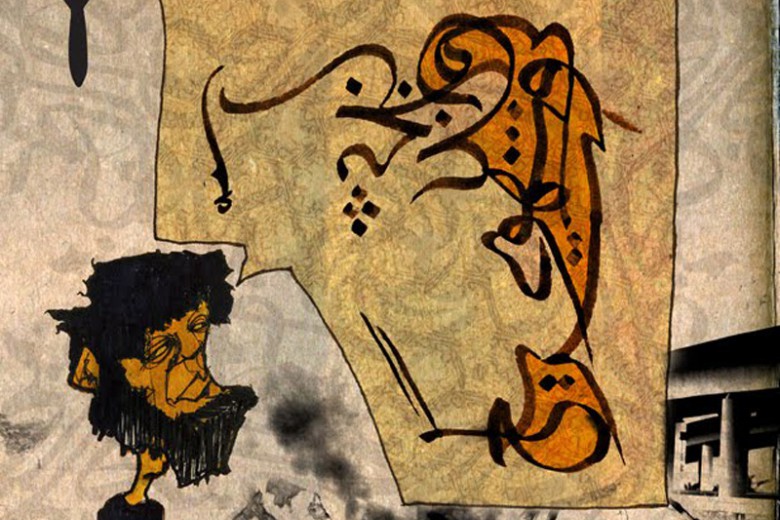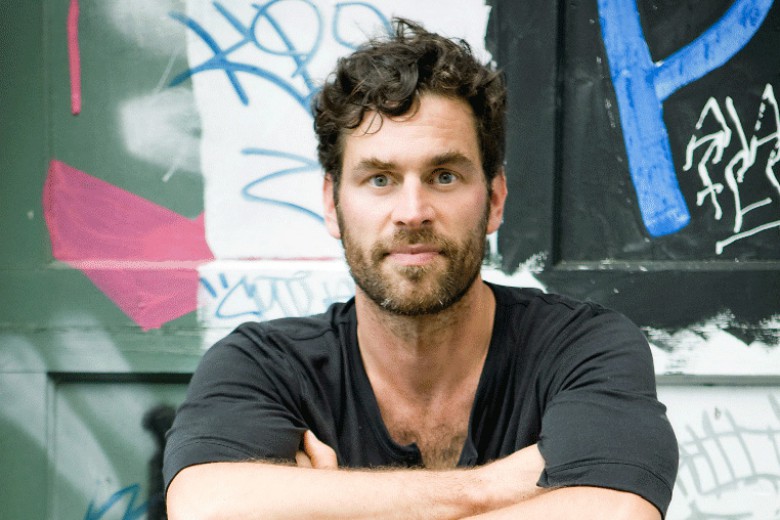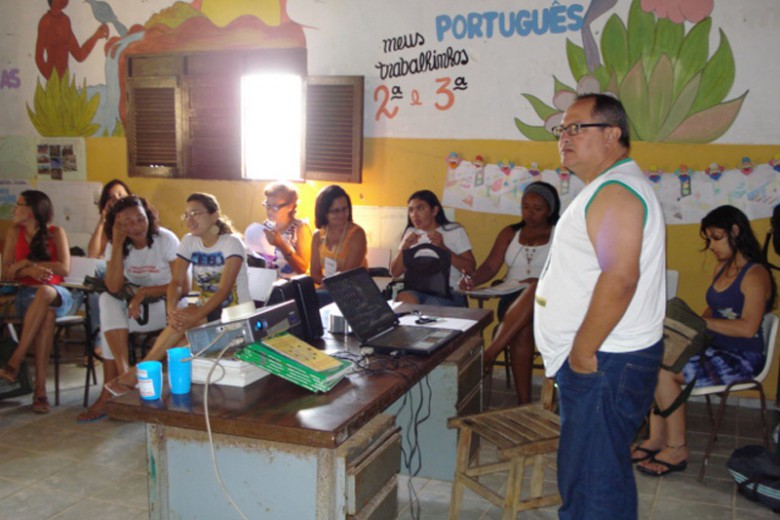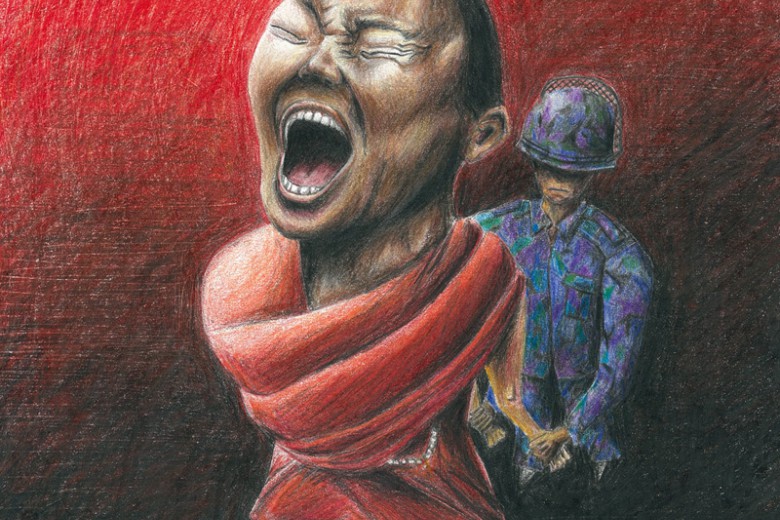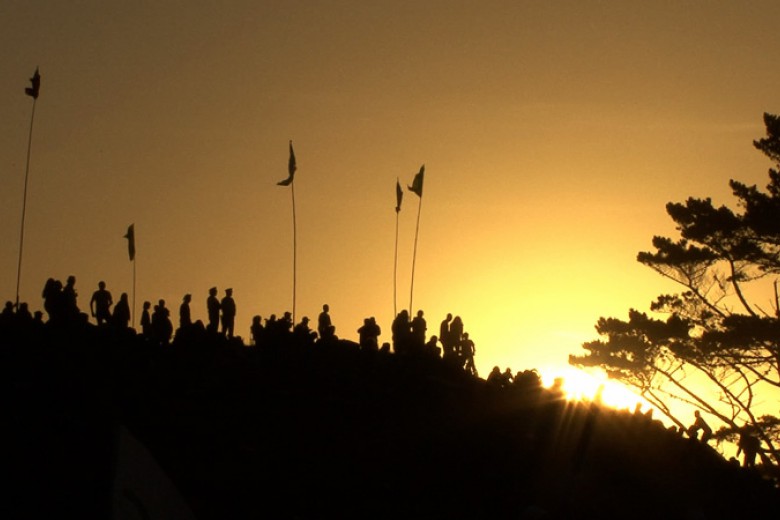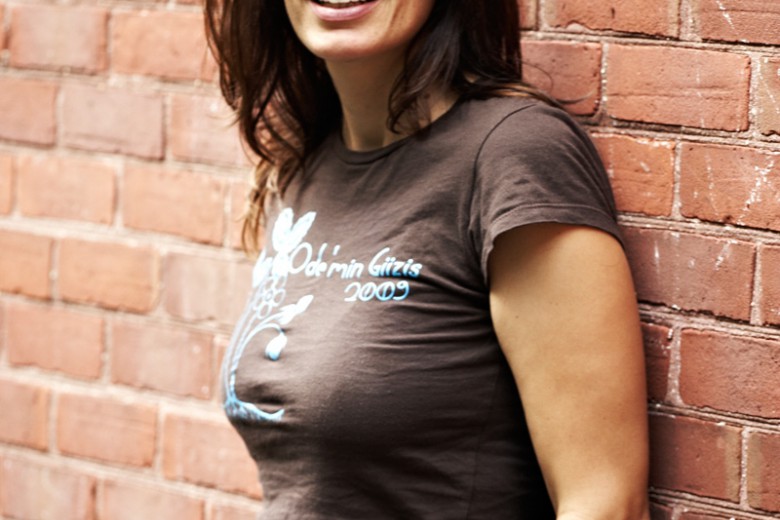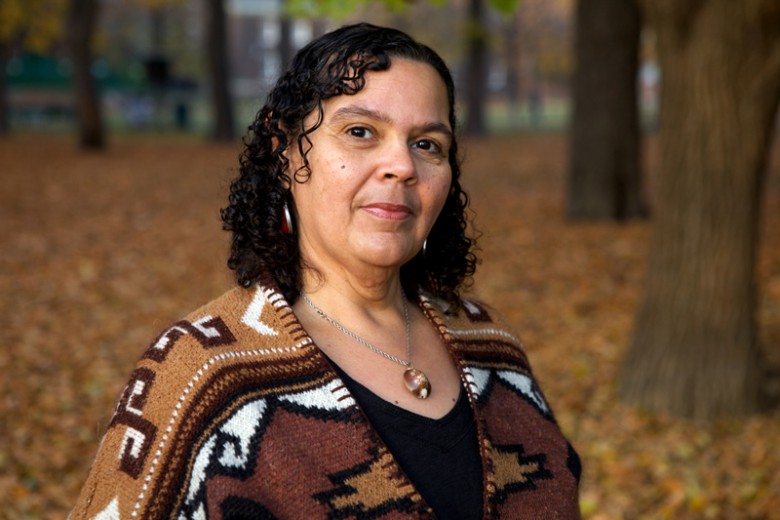
January/February 2011
The soul of activism
What motivates us to fight for positive change? What role does our interconnectedness with other people and our environment play in the struggle for social and environmental justice? Where do religion and action meet? This issue explores the intersection between spirituality and activism, connecting the dots between our goals for positive change in the world and our inner (emotional and spiritual) revolutions.


